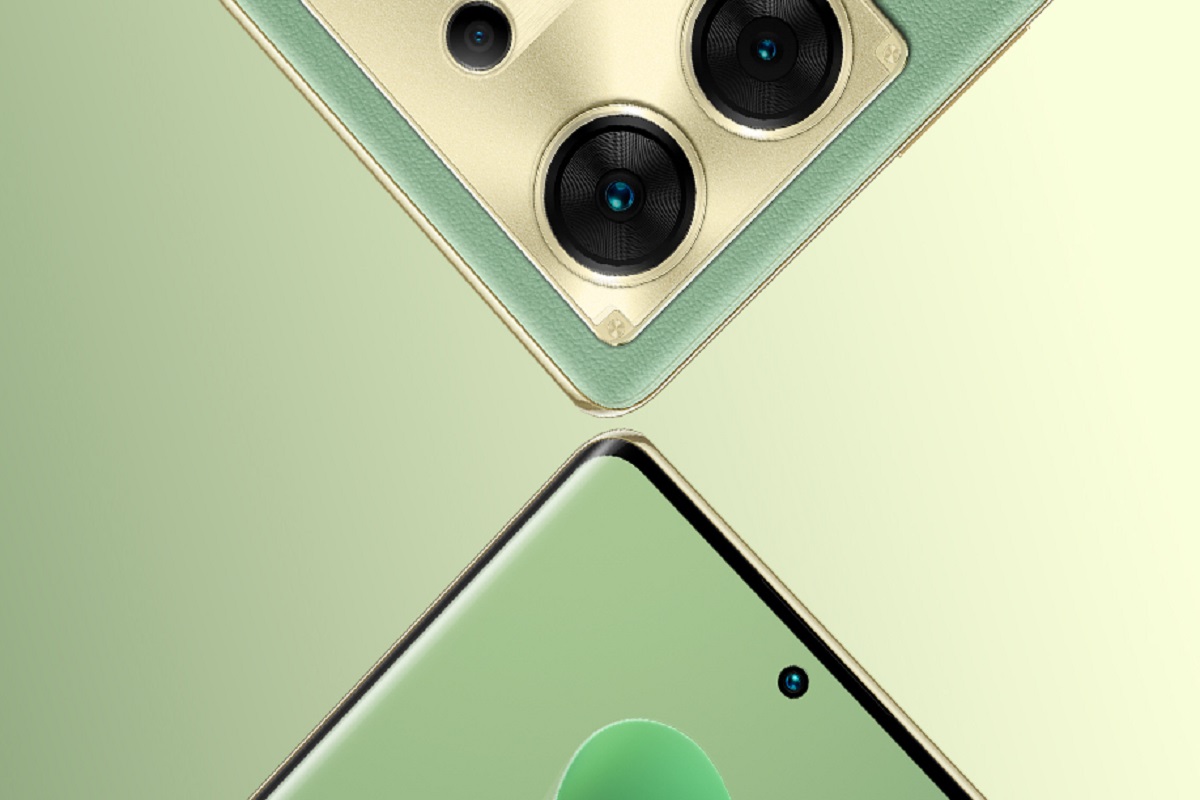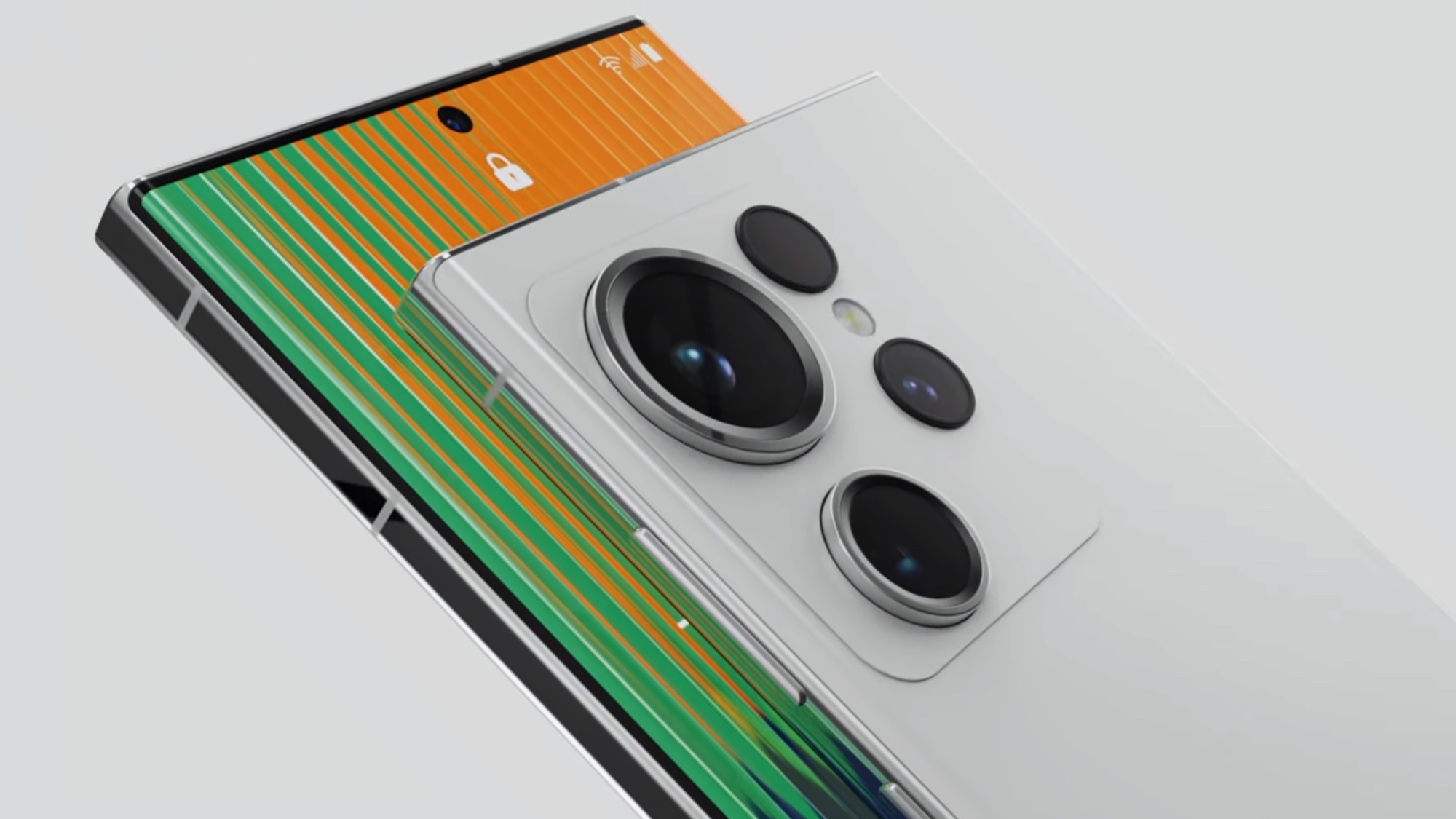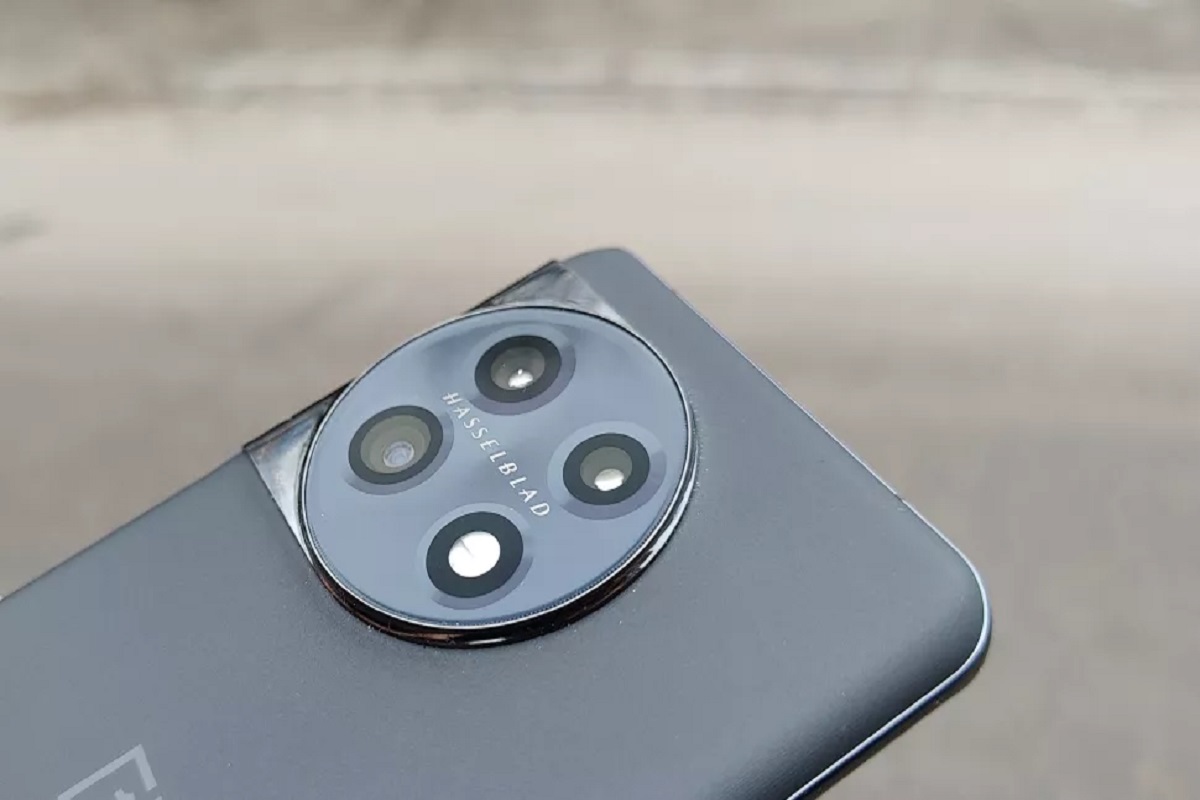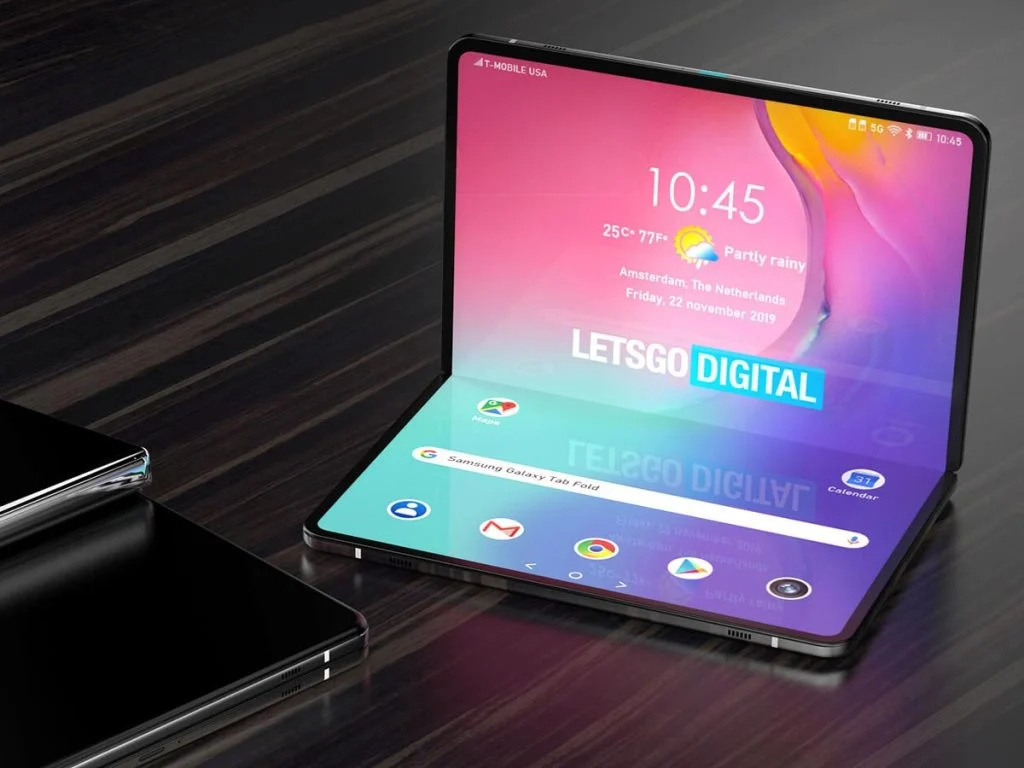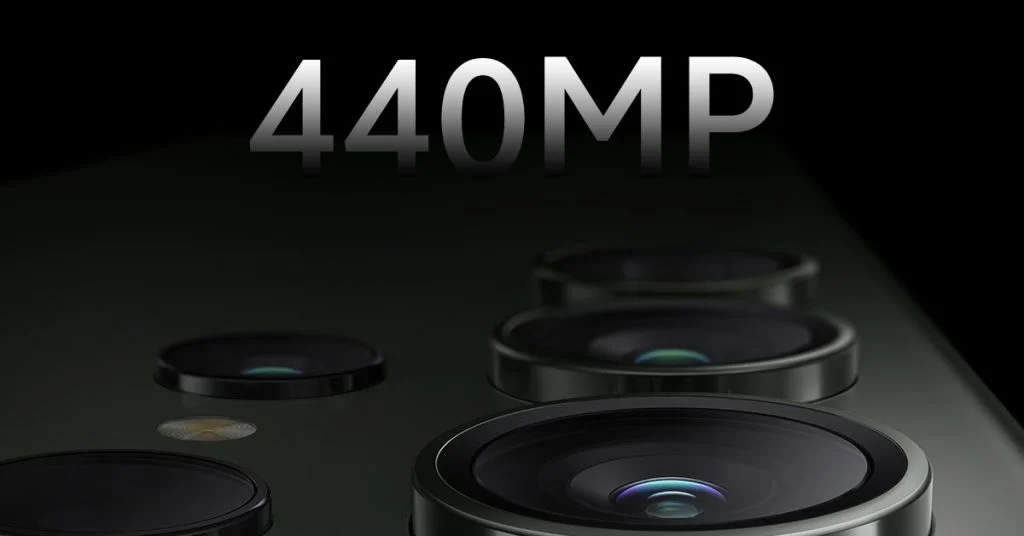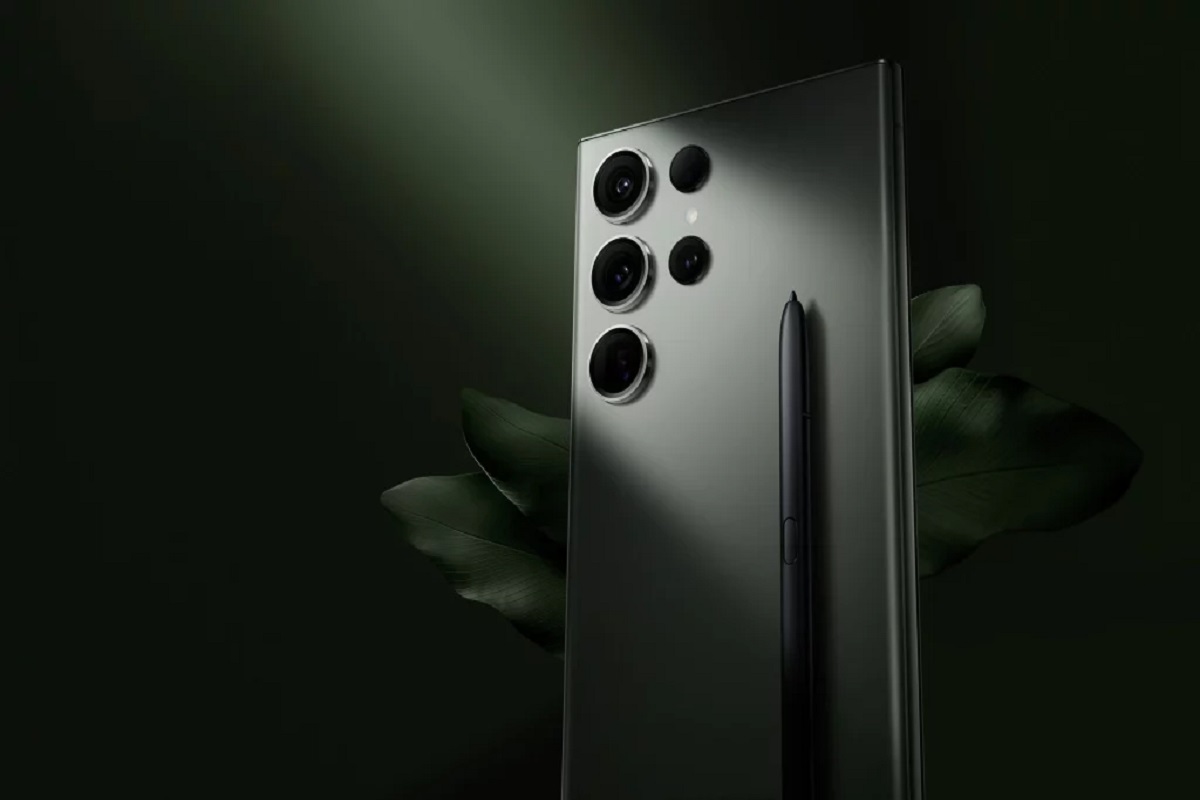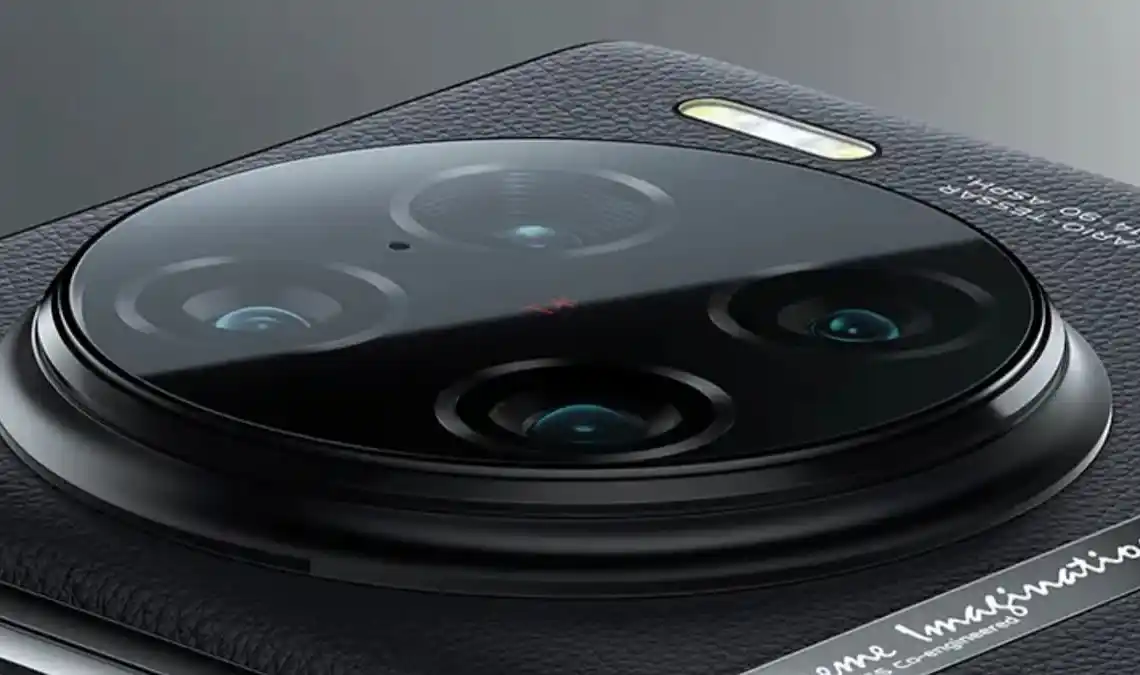In the fast-paced world of technology, smartphones have become an essential part of our daily lives. These compact devices have come a long way since their inception, and the future holds even more astonishing advancements that promise to revolutionize the way we interact with our phones. From flexible displays to AI-powered features, the future smartphone is set to bring a wave of surprising technologies that will leave us in awe.

Imagine a smartphone that can bend and twist without breaking. This is not a distant dream, but a reality that is unfolding before us. Flexible displays are at the forefront of smartphone innovation. These displays, made from materials like plastic, can be bent and folded, allowing for unique designs and improved durability. With flexible displays, our smartphones will become more resistant to drops and accidents, ushering in a new era of robust devices.
The future smartphone may also introduce holographic projection technology. Instead of staring at a flat screen, you could interact with 3D holograms projected into the air. This could revolutionize the way we view content, from videos and games to virtual meetings. Holographic projection could create immersive experiences that make us feel like we’re a part of the digital world.
Artificial Intelligence (AI) is already making its mark in smartphones, but its potential is far from exhausted. In the future, AI will play an even more significant role, powering features like personalized assistants that truly understand and anticipate our needs. These AI companions could help us manage our schedules, answer questions, and even offer emotional support. Our smartphones will become smarter and more intuitive, enhancing our daily lives.
Say goodbye to passwords and PINs. The future smartphone is likely to rely on advanced biometric technologies for enhanced security. Facial recognition and fingerprint sensors are just the beginning. We might see innovations like iris scanning, voice recognition, and even heartbeat authentication. These biometric enhancements will not only make our smartphones more secure but also more convenient to use.
Have you ever dropped your phone and cringed at the sight of a cracked screen? In the future, this might be a thing of the past. Self-healing materials are being developed that can repair minor scratches and dings on their own. These materials could extend the lifespan of our smartphones and reduce the need for frequent repairs or replacements.
Wireless charging is already a popular feature, but the future promises even more convenience. Imagine walking into a room, and your smartphone automatically starts charging without needing to place it on a charging pad. This concept, known as over-the-air wireless charging, is being explored by researchers and could eliminate the need for cords and charging mats altogether.
The future smartphone will be not only technologically advanced but also environmentally conscious. Companies are working towards creating smartphones with sustainable materials, longer lifespans, and recyclable components. This shift towards eco-friendly practices will contribute to a more sustainable tech industry.
The future of smartphones is incredibly exciting, with a host of surprising technologies that will reshape the way we interact with our devices. The possibilities are endless, from flexible displays to holographic projections, AI-powered features to self-healing materials. As these innovations continue to unfold, we can look forward to a future where our smartphones are smarter, more durable, and more environmentally friendly than ever before. Get ready to be amazed by the astonishing technologies that lie ahead!
